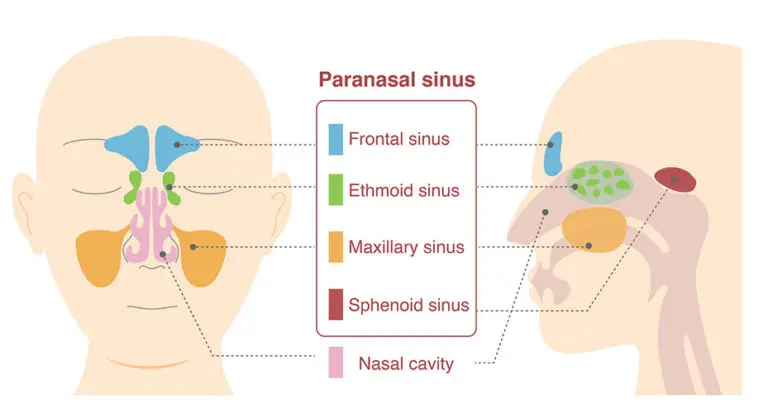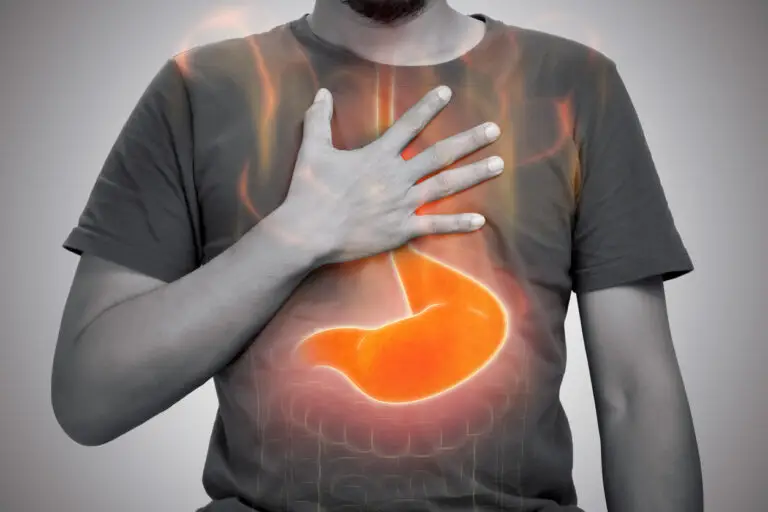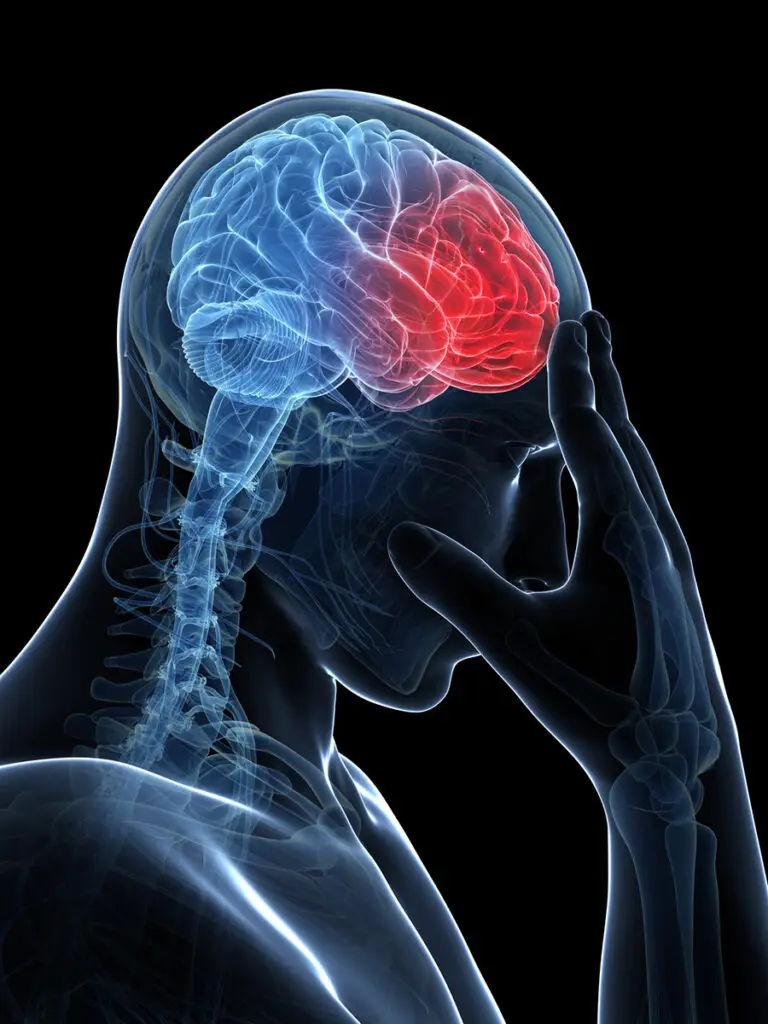Thromboangiitis obliterans (TAO), or Buerger’s disease, is an inflammatory condition primarily affecting the small arteries. Strongly linked with autoimmune disorders, its symptoms resemble those of peripheral arterial disease (PAD), as both restrict blood flow and oxygen to tissues. However, unlike PAD, TAO isn’t directly associated with arterial plaque buildup. 1
Symptoms of TAO can manifest as pain in the legs during walking or exercise, known as claudication, or even pain at rest due to inadequate oxygen reaching the muscles. TAO primarily affects the lower extremities and, if not addressed promptly, may cause necrosis, potentially leading to amputation. 1
Veterans experiencing these symptoms should document them in a Statement in Support of Claim. This blog post provides information about TAO in the context of VA disability. 1
History of Thrombo-angiitis Obliterans
During a Compensation and Pension (C&P) exam, the examiner documents the veteran’s TAO history using the Artery and Veins Disability Benefits Questionnaire (DBQ). While Section II offers a brief overview, Section IV is dedicated specifically for TAO symptoms of the upper extremities. This focus arises because lower extremity TAO disability ratings rely on objective tests, such as ankle or toe pressures.
The DBQ history evaluates:
- Surgery: TAO may require surgical procedures to enhance blood flow, including nerve removal controlling blood vessels. 2
- Other Procedures: Interventions like stent placement may be necessary to improve blood circulation. 2
- Symptoms: Tingling or numbness in the hands and feet may occur due to reduced oxygen supply.
Physical Examination for Thrombo-angiitis Obliterans
For VA disability evaluations, C&P examiners conduct a physical exam of the upper extremities to identify TAO signs. The DBQ seeks to identify:
- Diminished Upper Extremity Pulses: Noticeable during pulse checks, TAO decreases artery pulses.
- Trophic Changes: Skin alterations, such as thinning, cracking, ulcers, hair loss, and nail changes, may occur.
- Ischemic Ulcers: Sores may form from reduced blood flow and oxygen.
- Necrosis of Fingers: As TAO progresses, poor circulation can cause tissue death, appearing as dark discoloration.
- Decreased Temperature: Reduced blood flow results in cooler extremities.
Testing for Thrombo-angiitis Obliterans
Imaging studies are important for identifying TAO, allowing visualization of vascular structures to assess for blockages or abnormalities. 2
The Ankle/Brachial Index (ABI), however, isn’t ideal for diagnosing TAO due to its insensitivity to all cases of occlusive disease. 3
Testing ankle/toe pressures or transcutaneous oxygen tension, typically performed by vascular specialists, is more appropriate for TAO.
During C&P examinations, if recent test results are unavailable, an ABI might be inappropriately ordered for rating purposes. Regular consultation with a vascular specialist is essential, as they will perform necessary tests for condition management.
Treatment for Thrombo-angiitis Obliterans
As with all vascular diseases, cessation of smoking is crucial.
TAO management often involves prescription medications to improve blood flow, with surgical interventions reserved for cases where medications are insufficient. 4
While C&P exams do not treat TAO, submitting medical records documenting treatment to the VA Evidence Intake Center is vital.
Ratings for Thrombo-angiitis Obliterans
Veterans seeking disability ratings for TAO can refer to code 7115 in the CFR.
The rating schedule evaluates upper extremities as follows:
- 20% Rating
- Diminished upper extremity pulses
- 40% Rating
- Diminished upper extremity pulses
- Trophic changes (skin changes)
- Numbness and tingling in fingertips
- 60% Rating
- Diminished upper extremity pulses
- Trophic changes (skin changes)
- Pain in hands during activity
- Persistent extremity coldness
- 100% Rating
- Diminished upper extremity pulses
- Trophic changes (skin changes)
- Pain in hands during activity
- Persistent extremity coldness
- Deep ischemic ulcers and finger necrosis
As mentioned in the blog discussing 7114 Peripheral Arterial Disease, rating PAD of the upper extremities most appropriately aligns with the rating schedule above for Thrombo-angiitis obliterans (Buerger’s Disease).
Further Learning
Learn more by tuning into the Valor 4 Vet and Exposed Vet Radio Show from April 11, 2024. For additional details on TAO within the DBQ, see Section IV of the Artery and Veins DBQ.
Additionally, the M21-1 discussing other cardiovascular disabilities can be found here.
References
1. Xue, Song, 2023. “Assessment of atherectomy treatment for thromboangiitis obliterans: a single center experience”, Catheterization and Cardiovascular Interventions(4), 102:713-720. https://doi.org/10.1002/ccd.30801
2. Akar, Ahmet, Mustafa İnan, and Çağdaş Baran, 2016. “Thromboangiitis obliterans”, Current Treatment Options in Rheumatology(2), 2:178-195. https://doi.org/10.1007/s40674-016-0047-6
3. Wukich, Dane K., Wei Shen, Katherine M. Raspovic, Natalie C. Suder, Donald T. Baril, and Efthimios D. Avgerinos, 2015. “Noninvasive arterial testing in patients with diabetes”, Foot &Amp; Ankle International(12), 36:1391-1399. https://doi.org/10.1177/1071100715593888
4. Lee, Chung Yeop, Kyunghak Choi, Hyuksool Kwon, Gi‐Young Ko, Youngjin Han, Tae-Won Kwon, and Yong‐Pil Cho, 2018. “Outcomes of endovascular treatment versus bypass surgery for critical limb ischemia in patients with thromboangiitis obliterans”, Plos One(10), 13:e0205305. https://doi.org/10.1371/journal.pone.0205305



